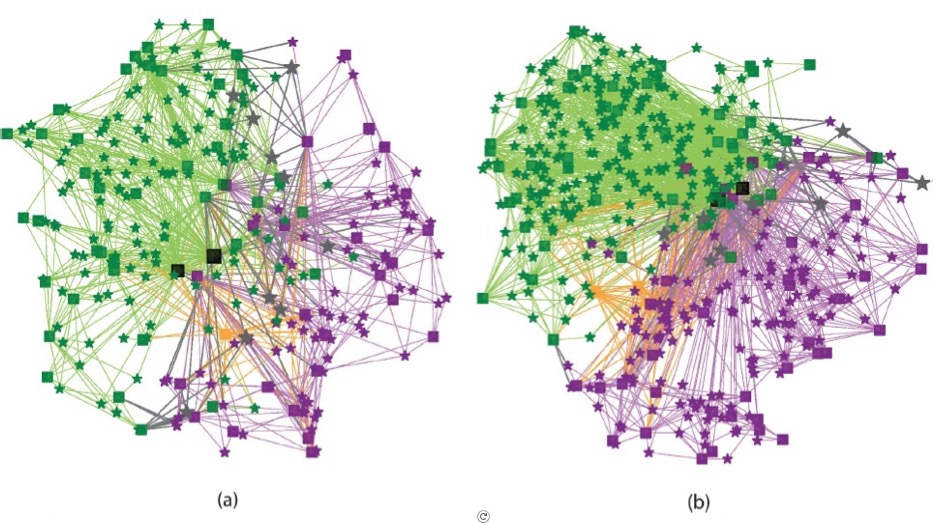Modeling the ribosome as a network and ribosome inspired devices

One source of biologically inspired ideas comes from the functionality of DNA, the molecule that carries the genetic instructions for all living organisms. The copying of the code stored in DNA is the starting point in the information flow described in the central dogma of biology [4], where a gene is transformed into a protein, the principal actor in cellular activities. The last step in the central dogma is translation from mRNA into proteins, which is carried out by the nano-machine known as the ribosome. It is particularly fascinating because the genes involved in translation, notably those coding for the ribosomal RNA, the ribosomal proteins and associated factors, are found to be the most highly conserved and universal across all life [5]. The process of translation from mRNA into proteins is found in all cellular life and is believed to be intimately linked with the origin of life. The ribosome can thus be considered as the most successful biological machine in existence. Yet it has received much less attention from researchers seeking to imitate or use biology for new nano-biotechnologies.
The work at LPICM focuses on two projects. In a first project, we consider the functioning of the ribosome and how it can be used as inspiration for new nano-biotechnologies. This project is in collaboration with members of the nano bio-systems department at C2N. Most notably we consider how the efficient use of energy in the synthesis of the protein might be exploited.
The second project considers the functioning of the ribosome in the context of network theory. It develops networks based on calculating the interactions between individual elements [6,7]. For biologist, the methodology can be used to compare different structural files. For theorists, it can be used to model the collective interactions that exist during translation.
This project is in collaboration with M. Tiramalai and G. E. Fox at the University of Houston.
[4] Crick F 1970 Central Dogma of Molecular Biology Nature 227 561–3
[5] Camprubí E, de Leeuw J W, House C H, Raulin F, Russell M J, Spang A, Tirumalai M R and Westall F 2019 The Emergence of Life Space Sci Rev 215 56
[6] Calvet LE, Matviienko S, Ducluzaux P (2020) Network theory of the bacterial ribosome. PLoS ONE 15(10): e0239700. https://doi.org/ 10.1371/journal.pone.0239700
[7] Calvet LE (2022) Modeling the ribosome as a bipartite graph. PLoS ONE 17(12):